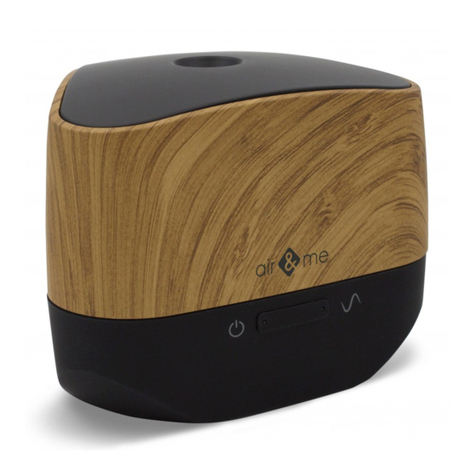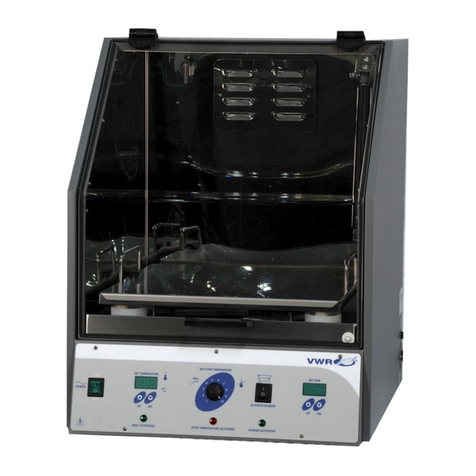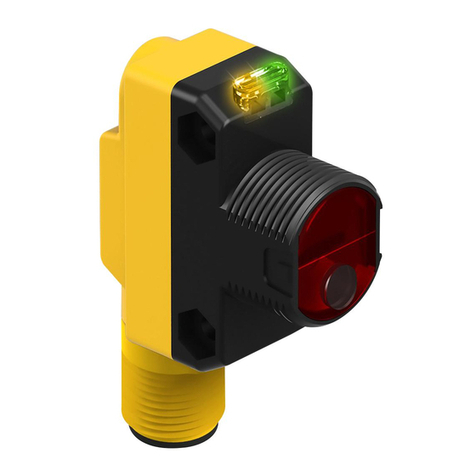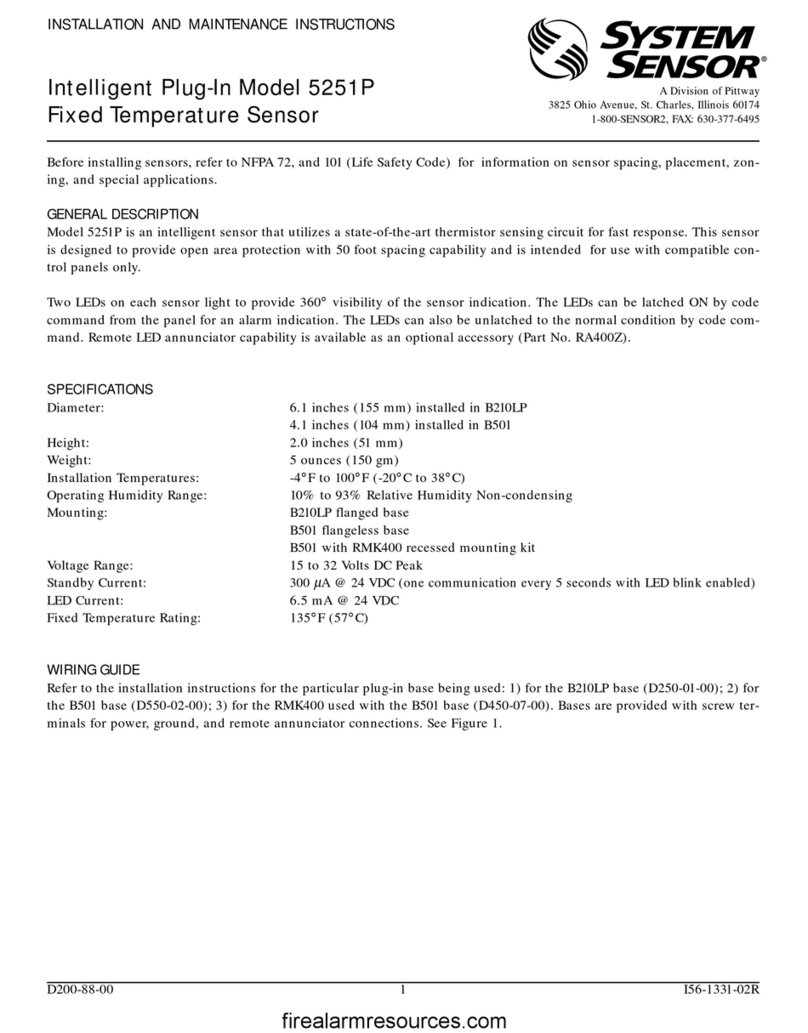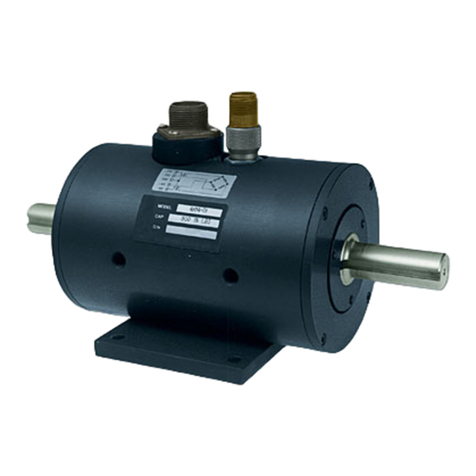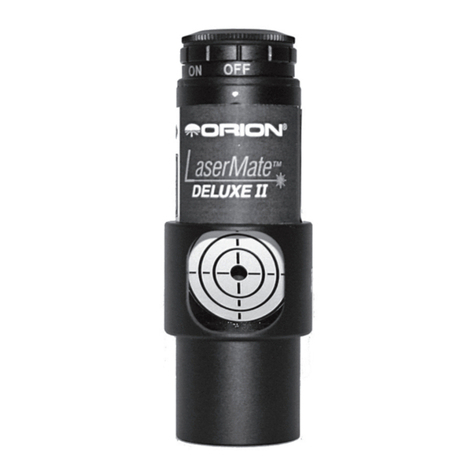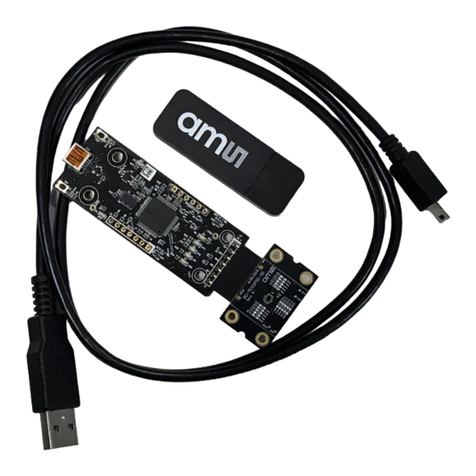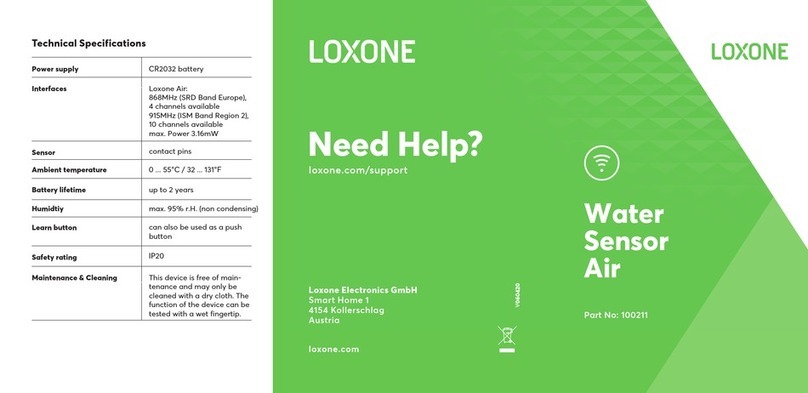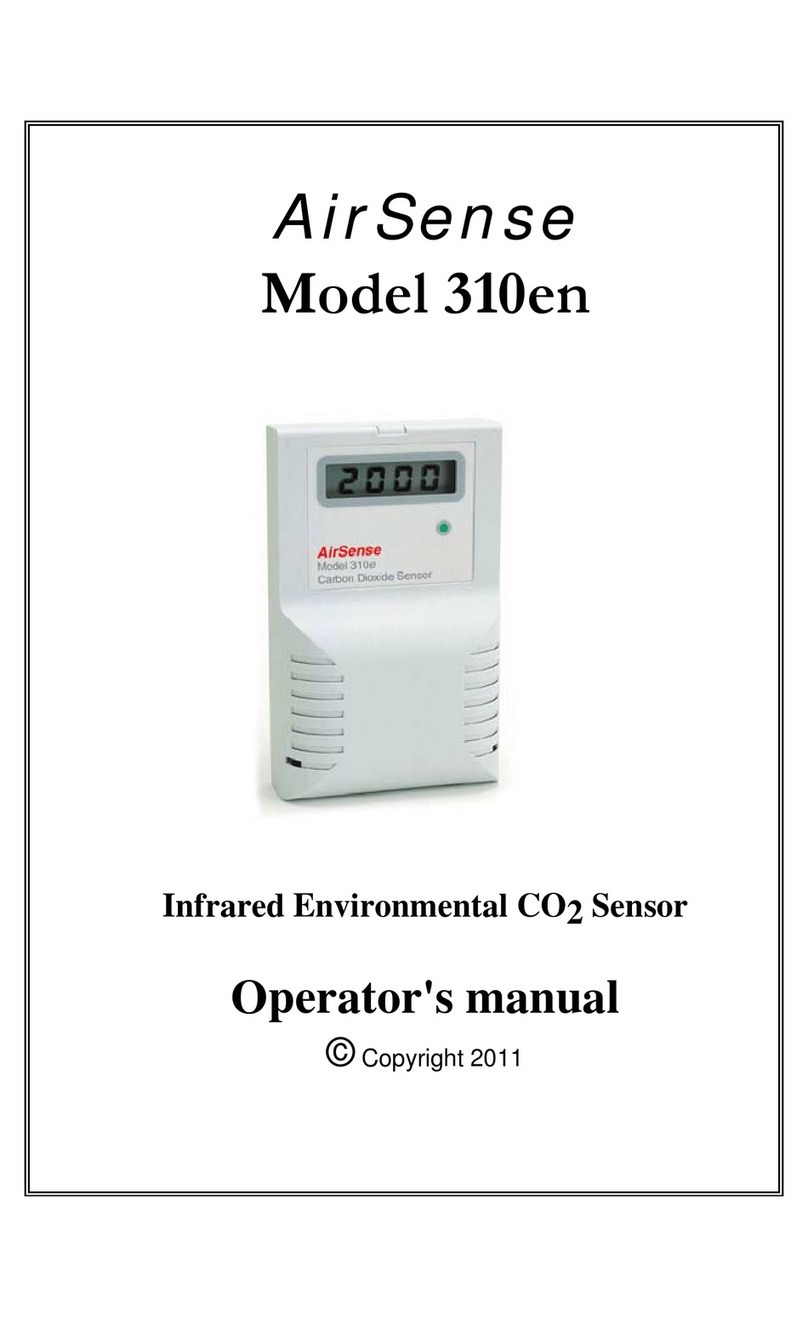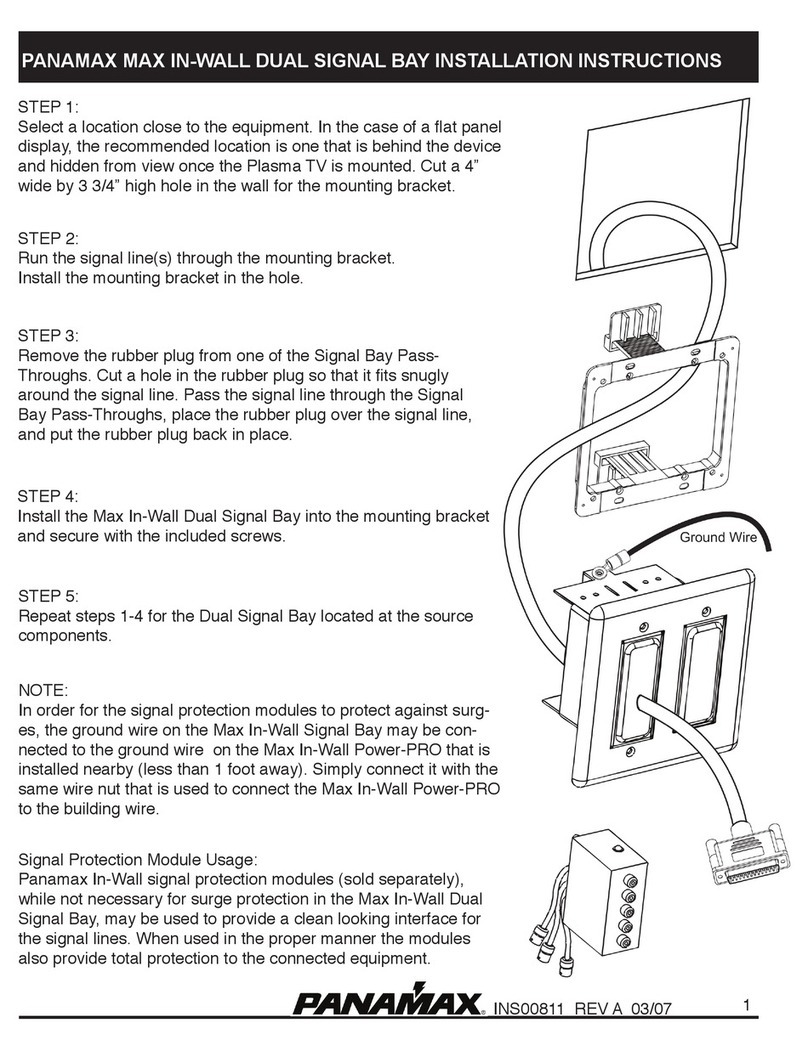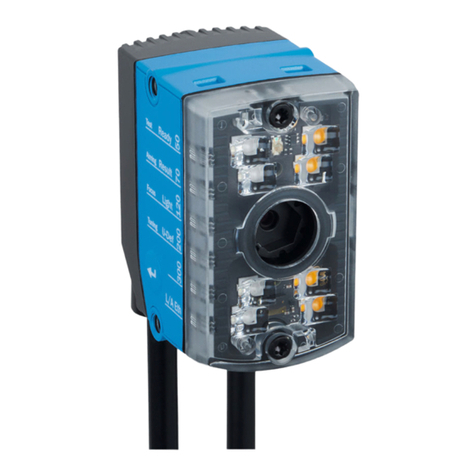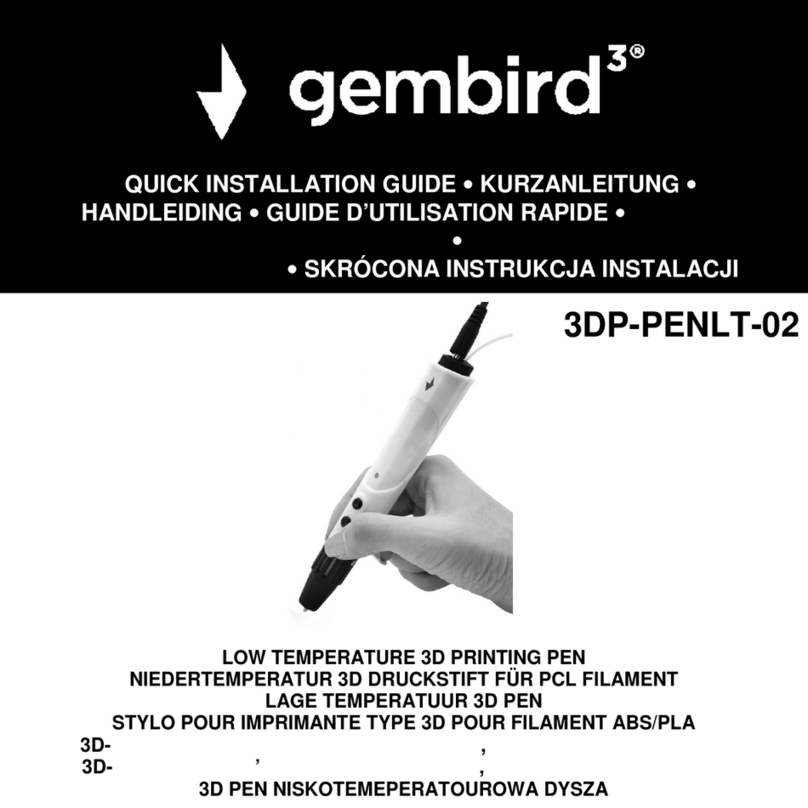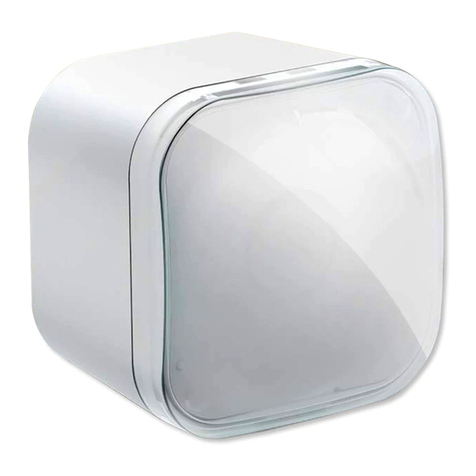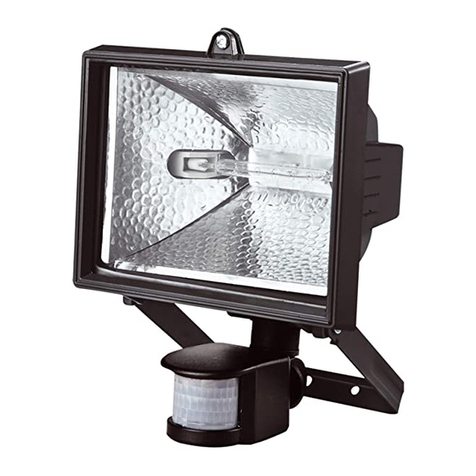
M380 CO2User’s Manual
Last Rev Date: 3/07/23
Digital Control Systems, Inc. Page: 2
6475 SW Fallbrook Pl • Beaverton, OR 97008 • USA
90-0006-00
www.dcs-inc.net • 503/246-8110
Table of Contents
Feature Overview............................................................................................................................ 3
CO
2
Sensor.................................................................................................................................. 3
Relay........................................................................................................................................... 3
BACnet ....................................................................................................................................... 3
Modbus ....................................................................................................................................... 3
Network Topology...................................................................................................................... 4
NEARcom................................................................................................................................... 4
Calibration .................................................................................................................................. 4
Specifications.................................................................................................................................. 5
Installation....................................................................................................................................... 6
Mechanical.................................................................................................................................. 6
Wiring......................................................................................................................................... 6
Power ...................................................................................................................................... 6
Relay....................................................................................................................................... 6
Network Connection............................................................................................................... 7
Configuration.................................................................................................................................. 9
NEARcom................................................................................................................................... 9
Inspecting the M380 Settings................................................................................................ 10
Configuring the M380 Settings............................................................................................. 10
Configuration Procedure........................................................................................................... 11
Example configuration – BACnet......................................................................................... 12
Example configuration – Modbus......................................................................................... 13
Operation....................................................................................................................................... 14
Relay......................................................................................................................................... 14
CO
2
Sensor................................................................................................................................ 14
BACnet ..................................................................................................................................... 14
Modbus ..................................................................................................................................... 14
Calibration Sequence.................................................................................................................... 16
Disclaimers ................................................................................................................................... 17
Life Safety................................................................................................................................. 17
Warranty ....................................................................................................................................... 17
Appendix 1: BACnet objects and default values.......................................................................... 18
Device Object ........................................................................................................................... 18
CO2 - Analog Input Object 1.................................................................................................... 19
Relay – Binary Output Object 1 ............................................................................................... 20
Relay Setpoint - Analog Value Object 1 .................................................................................. 21
Enable Local Relay Control - Binary Value Object 1 .............................................................. 21
Appendix 2: Modbus registers..................................................................................................... 22
Appendix 3 - 3rd Party Software Components & Licenses.......................................................... 23
Revision History ........................................................................................................................... 24




















